Home>Gardening & Outdoor>Landscaping Ideas>What Are Ducks Eating In The Grass
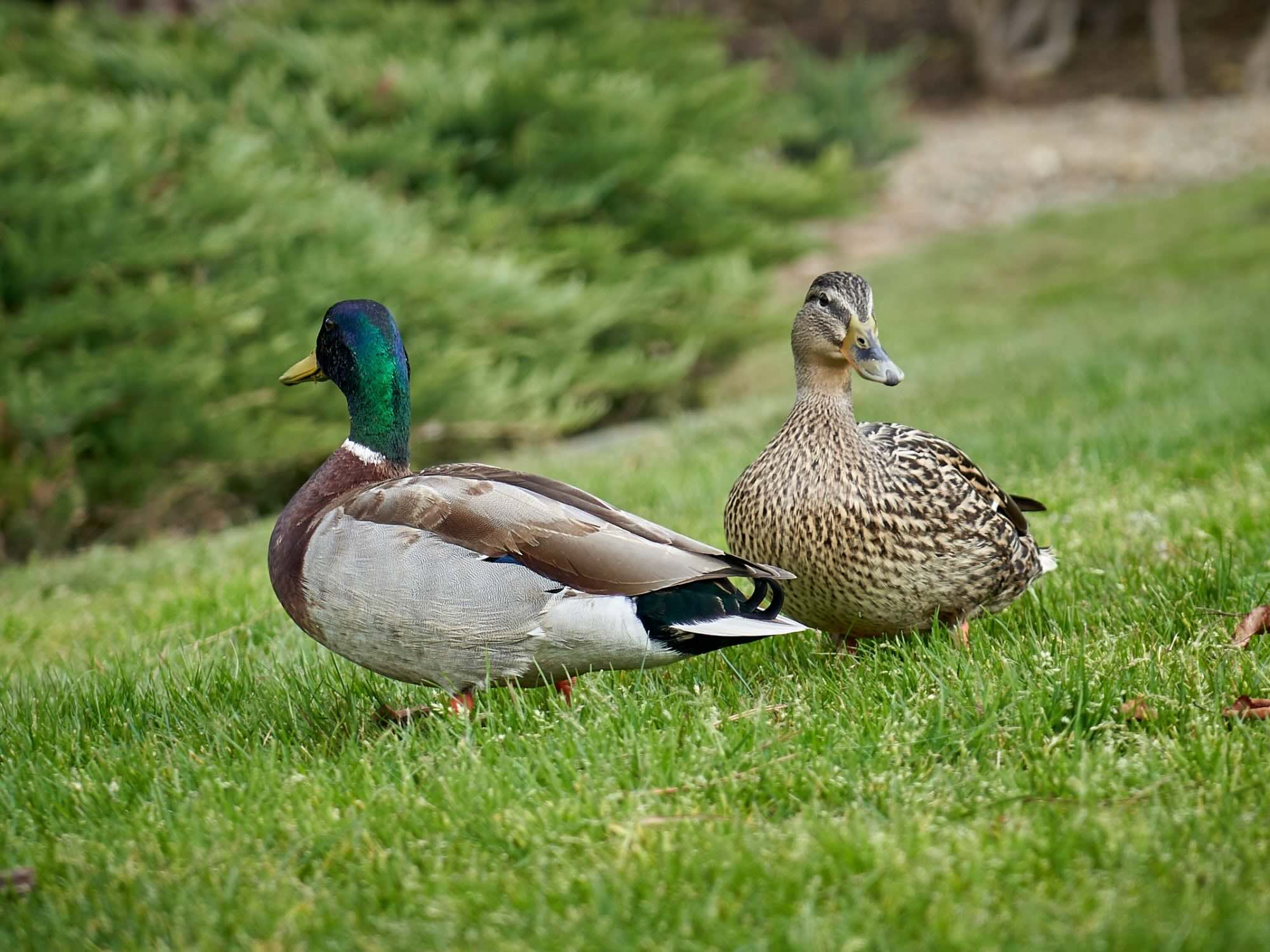

Landscaping Ideas
What Are Ducks Eating In The Grass
Modified: August 17, 2024
Discover effective landscaping ideas for creating a duck-friendly environment in your yard. Learn what ducks eat and how to attract them to your grassy landscape. Explore tips for incorporating ducks into your outdoor space.
(Many of the links in this article redirect to a specific reviewed product. Your purchase of these products through affiliate links helps to generate commission for Storables.com, at no extra cost. Learn more)
Introduction
Ducks are fascinating creatures that captivate us with their charming waddles and playful quacks. Whether they are gracefully gliding across a serene pond or foraging in lush grassy areas, ducks are a delightful sight to behold. However, have you ever wondered what ducks are eating in the grass? This article will delve into the dietary habits of ducks, shedding light on their feeding behavior and nutritional needs. We will explore the crucial role of grass in a duck's diet and examine the various factors that influence their feeding patterns. By gaining a deeper understanding of what ducks consume in their natural habitat, we can appreciate these endearing waterfowl even more. So, let's embark on a journey into the world of ducks and uncover the secrets of their culinary preferences.
Key Takeaways:
- Ducks have a diverse diet including plants and animals. They eat grass, seeds, insects, and aquatic plants, contributing to ecological balance.
- Grass is essential in a duck’s diet, providing fiber, nutrients, and foraging opportunities. Understanding duck feeding behavior helps preserve their habitats.
Read more: What Eats Grass
Duck Diet and Feeding Behavior
Ducks are omnivorous creatures, meaning they have a diverse diet that includes both plant and animal matter. Their feeding behavior is influenced by their natural instincts and the availability of food sources in their environment. When foraging in grassy areas, ducks exhibit a characteristic dabbling behavior, where they tip forward to reach underwater vegetation while keeping their tails in the air. This feeding technique allows them to access aquatic plants, small insects, and invertebrates that thrive in shallow waters.
Furthermore, ducks are known to consume a variety of seeds, grains, and grasses found in meadows and marshy areas. They are particularly fond of tender grass shoots, which provide essential nutrients and fiber for their digestive health. Additionally, ducks have a penchant for snails, worms, and small crustaceans, which they eagerly seek out in moist soil and along the water’s edge.
It’s important to note that the feeding behavior of ducks varies across different species and geographical regions. For instance, dabbling ducks such as mallards and teal primarily feed on the water’s surface, while diving ducks like scaup and canvasbacks are adept at diving to considerable depths in search of aquatic plants and aquatic invertebrates.
Understanding the diverse dietary preferences and feeding habits of ducks allows us to appreciate their vital role in maintaining ecological balance. By consuming a wide range of food items, ducks contribute to the dispersal of seeds and the control of insect populations, thereby shaping the dynamics of their natural habitats.
Nutritional Needs of Ducks
Meeting the nutritional needs of ducks is essential for their overall health and well-being. A balanced diet plays a crucial role in supporting their physiological functions, sustaining energy levels, and promoting reproductive success. Ducks require a combination of macronutrients, micronutrients, and dietary fiber to thrive in their natural environment.
Macronutrients, including proteins, carbohydrates, and fats, form the foundation of a duck’s diet. Proteins are vital for muscle development, feather growth, and egg production in female ducks. Carbohydrates serve as a primary source of energy, enabling ducks to engage in various activities such as foraging, preening, and mating. Meanwhile, fats provide essential fatty acids that contribute to feather waterproofing and insulation, particularly crucial for ducks living in colder climates.
In addition to macronutrients, ducks rely on a range of micronutrients to maintain optimal health. Vitamins and minerals, such as vitamin A, vitamin D, calcium, and phosphorus, are essential for bone strength, immune function, and the regulation of metabolic processes. Ducks obtain these micronutrients from their natural diet, which includes a diverse array of plant matter, aquatic organisms, and terrestrial invertebrates.
Furthermore, dietary fiber plays a significant role in a duck’s digestive health. Grasses, sedges, and other fibrous plants contribute to the bulk of a duck’s diet, aiding in proper digestion and the prevention of digestive disorders. The presence of dietary fiber also supports the gut microbiota, promoting a healthy balance of beneficial bacteria that aid in nutrient absorption and immune function.
Understanding the nutritional needs of ducks is crucial for conservation efforts and the management of waterfowl populations. By preserving diverse habitats that offer a rich assortment of food sources, we can ensure that ducks have access to the nutrients they require to thrive and contribute to the ecological equilibrium of their ecosystems.
To attract ducks to your yard, scatter birdseed or cracked corn in the grass. Ducks also enjoy eating insects, so avoid using pesticides in the area.
The Role of Grass in Duck’s Diet
Grass plays a pivotal role in the diet of ducks, offering a multitude of nutritional benefits and serving as a fundamental component of their natural foraging behavior. Ducks are known to consume various types of grasses, sedges, and other herbaceous plants, which contribute to their overall health and vitality.
One of the primary functions of grass in a duck’s diet is its role as a source of dietary fiber. The fibrous nature of grasses aids in digestion and helps regulate the passage of food through a duck’s digestive system. This is particularly important for ducks, as it supports the breakdown of complex plant materials and facilitates the absorption of essential nutrients from their diet.
Furthermore, grass provides vital micronutrients such as vitamins and minerals that are essential for a duck’s well-being. Certain grass species contain high levels of vitamin A, which contributes to optimal vision and immune function in ducks. Additionally, grasses rich in calcium and phosphorus support bone strength and reproductive health, crucial for ducks during the breeding season.
In addition to its nutritional value, grass serves as a natural foraging substrate for ducks, allowing them to exhibit their instinctual feeding behaviors. Ducks are often observed grazing on tender grass shoots, plucking individual blades with precision and relishing the succulent foliage. This foraging activity not only provides sustenance but also offers mental stimulation and enrichment for ducks, aligning with their natural instincts as wild waterfowl.
Moreover, the presence of grass in a duck’s diet contributes to the overall diversity of their nutritional intake. By incorporating a variety of plant materials, including grasses, sedges, and aquatic vegetation, ducks can obtain a broad spectrum of nutrients that support their physiological functions and contribute to their overall fitness.
Ultimately, the role of grass in a duck’s diet extends beyond mere sustenance; it encompasses the intricate interplay between nutrition, foraging behavior, and ecological harmony. By recognizing the significance of grass in the dietary habits of ducks, we can cultivate a deeper appreciation for the vital role that these resilient waterfowl play in their natural habitats.
Factors Affecting Duck Feeding Behavior
The feeding behavior of ducks is influenced by a myriad of factors, encompassing environmental, biological, and seasonal elements that shape their dietary preferences and foraging patterns. Understanding these influential factors provides valuable insight into the dynamic relationship between ducks and their natural habitats.
Seasonal Variations: Ducks adapt their feeding behavior in response to seasonal changes, particularly during the breeding and non-breeding periods. In the breeding season, ducks prioritize nutrient-rich foods to support egg production and rearing of offspring. Conversely, during the non-breeding season, ducks may focus on building energy reserves through foraging activities, preparing for migration, or enduring harsh winter conditions.
Habitat Availability: The availability of suitable foraging habitats significantly impacts duck feeding behavior. Wetlands, marshes, and riparian areas rich in aquatic plants and invertebrates attract dabbling and diving ducks, providing an abundant source of food. Ducks exhibit selective foraging behaviors based on the availability of preferred food items in their immediate surroundings.
Competition and Social Dynamics: In communal feeding areas, ducks navigate social hierarchies and competition for food resources. Dominant individuals may have preferential access to prime foraging sites, influencing the feeding behavior of subordinate ducks. This social dynamic can impact the distribution and utilization of food within a group of ducks.
Predation Risk: The presence of predators can influence the feeding behavior of ducks, prompting them to be vigilant and selective in their foraging activities. Ducks may alter their feeding locations and behavior to minimize the risk of predation, demonstrating adaptive responses to ensure their safety while obtaining essential nutrients.
Food Availability and Diversity: The abundance and diversity of food resources in a given habitat directly influence duck feeding behavior. Ducks exhibit dietary flexibility, adjusting their foraging strategies based on the availability of preferred food items such as aquatic plants, seeds, invertebrates, and grasses. The nutritional composition of available food sources shapes the dietary choices of ducks in their foraging areas.
Migration and Dispersal: For migratory ducks, the need to replenish energy stores for long-distance travel influences their feeding behavior. Feeding areas along migratory routes play a critical role in providing essential nourishment for ducks undertaking arduous journeys, impacting their feeding patterns and resource utilization.
By considering these diverse factors that influence duck feeding behavior, we gain a deeper appreciation for the adaptive strategies and ecological interactions that shape the foraging dynamics of these remarkable waterfowl. Understanding the nuanced interplay of environmental influences and biological imperatives enriches our perception of ducks as resilient and adaptable inhabitants of diverse ecosystems.
Read more: What Eats Turtle Grass
Conclusion
Exploring the dietary habits and feeding behavior of ducks unveils a captivating tapestry of ecological interactions, nutritional dynamics, and instinctual behaviors that define the lives of these remarkable waterfowl. From the diverse array of food items they consume to the adaptive strategies they employ in response to environmental influences, ducks exemplify the resilience and resourcefulness inherent in wild avian species.
Grass, with its rich nutritional content and foraging significance, emerges as a crucial component of a duck’s diet, offering essential dietary fiber, micronutrients, and behavioral enrichment. The role of grass in sustaining the health and vitality of ducks underscores the intricate relationship between waterfowl and their natural habitats, highlighting the interconnectedness of ecological processes and species interactions.
Furthermore, understanding the factors that shape duck feeding behavior provides valuable insights into the adaptive strategies and ecological dynamics that govern their foraging activities. From seasonal variations and habitat availability to social dynamics and predation risk, the multifaceted influences on duck feeding behavior underscore the complexity of their interactions within diverse ecosystems.
As we unravel the mysteries of what ducks are eating in the grass, we gain a deeper appreciation for the intricate web of life that sustains these charismatic waterfowl. By preserving and protecting the diverse habitats that support the dietary needs and foraging behaviors of ducks, we contribute to the conservation of these avian wonders and the preservation of their natural heritage.
In essence, the dietary preferences, foraging behaviors, and ecological adaptations of ducks offer a compelling narrative of resilience, diversity, and the enduring bond between waterfowl and their environments. Through our continued stewardship of wetlands, marshes, and riparian ecosystems, we ensure that ducks thrive amidst the verdant tapestries of grasses and waters, perpetuating their timeless legacy in the natural world.
Frequently Asked Questions about What Are Ducks Eating In The Grass
Was this page helpful?
At Storables.com, we guarantee accurate and reliable information. Our content, validated by Expert Board Contributors, is crafted following stringent Editorial Policies. We're committed to providing you with well-researched, expert-backed insights for all your informational needs.
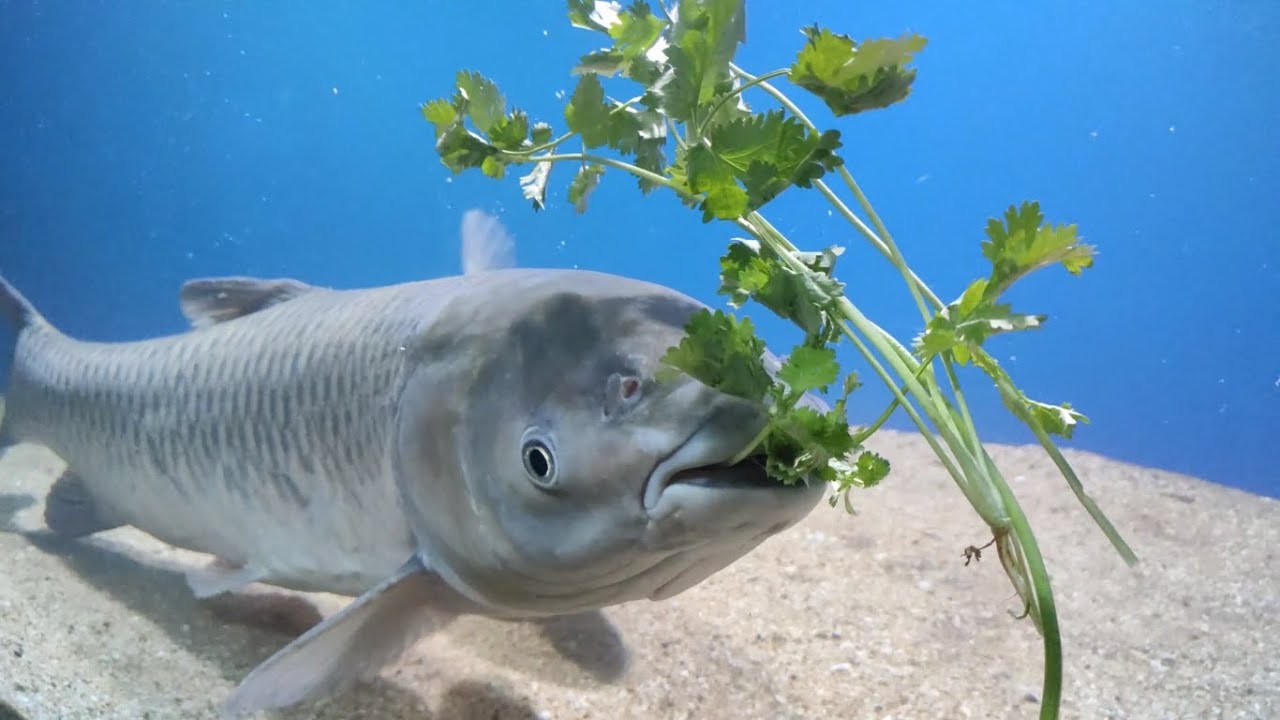
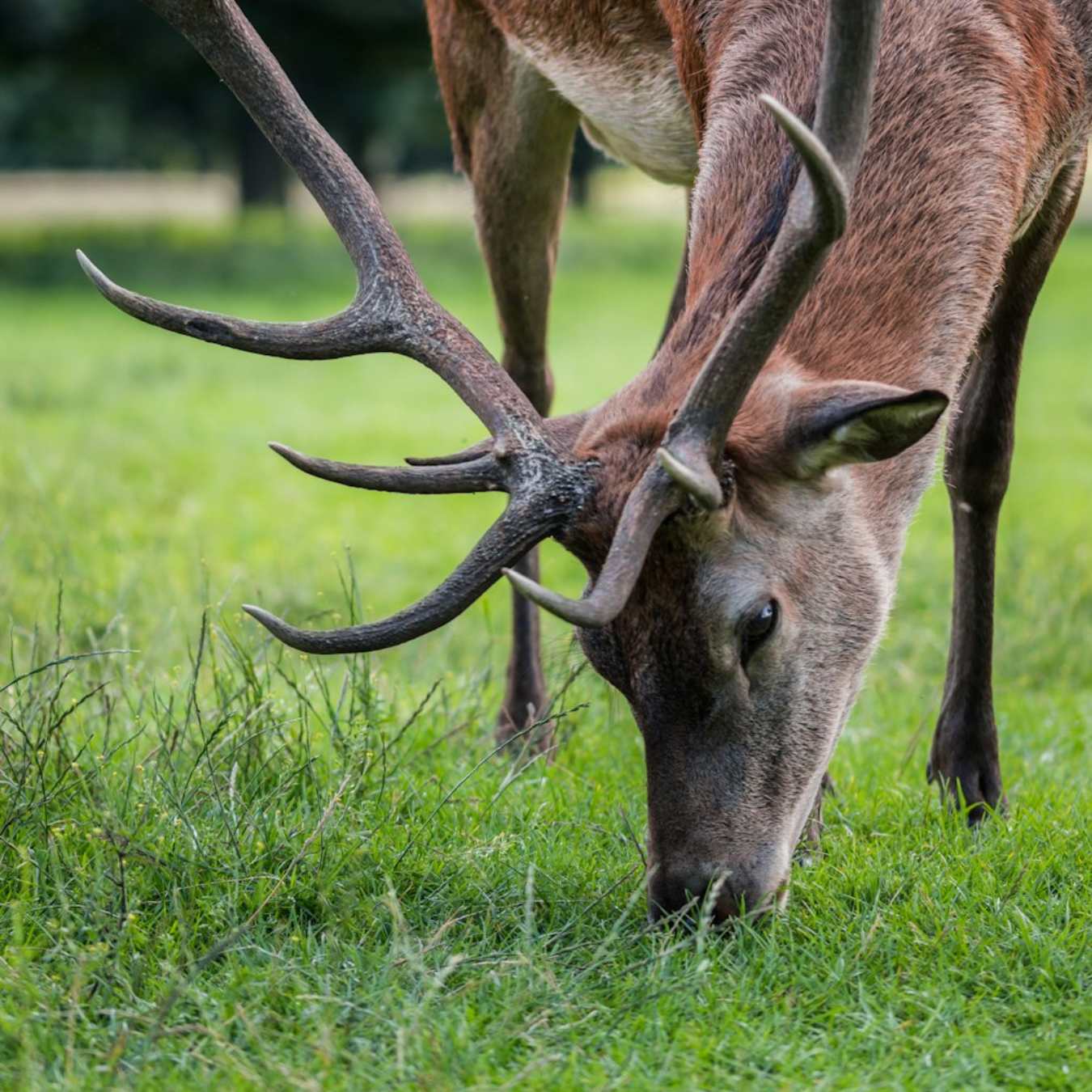
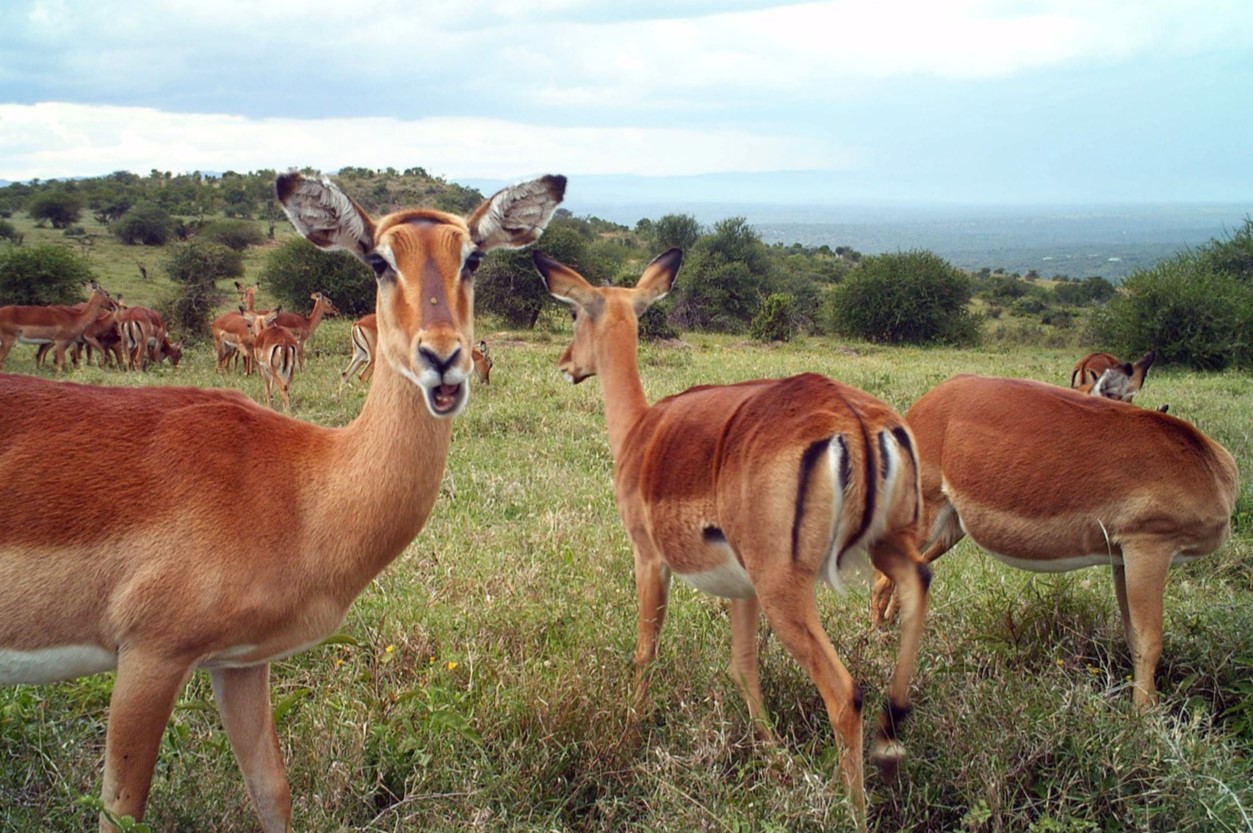
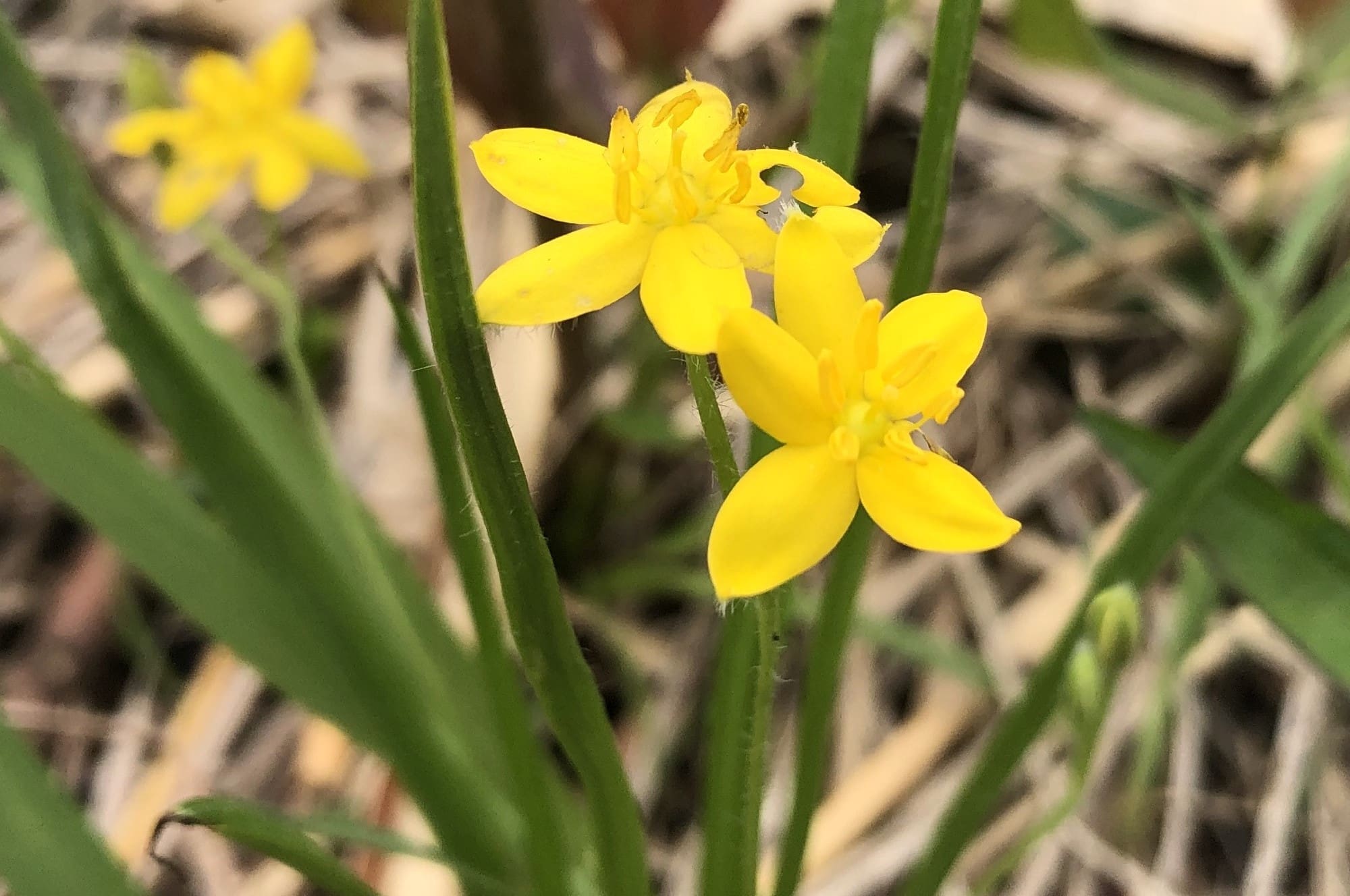
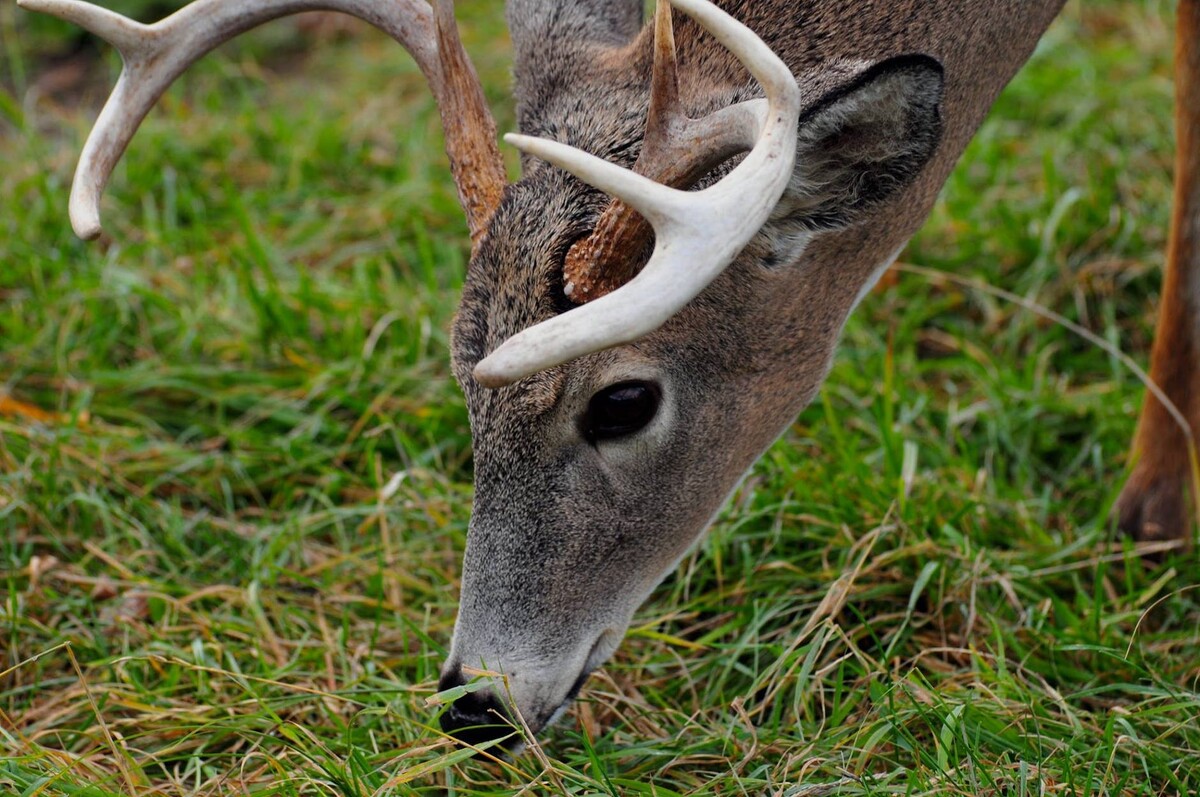
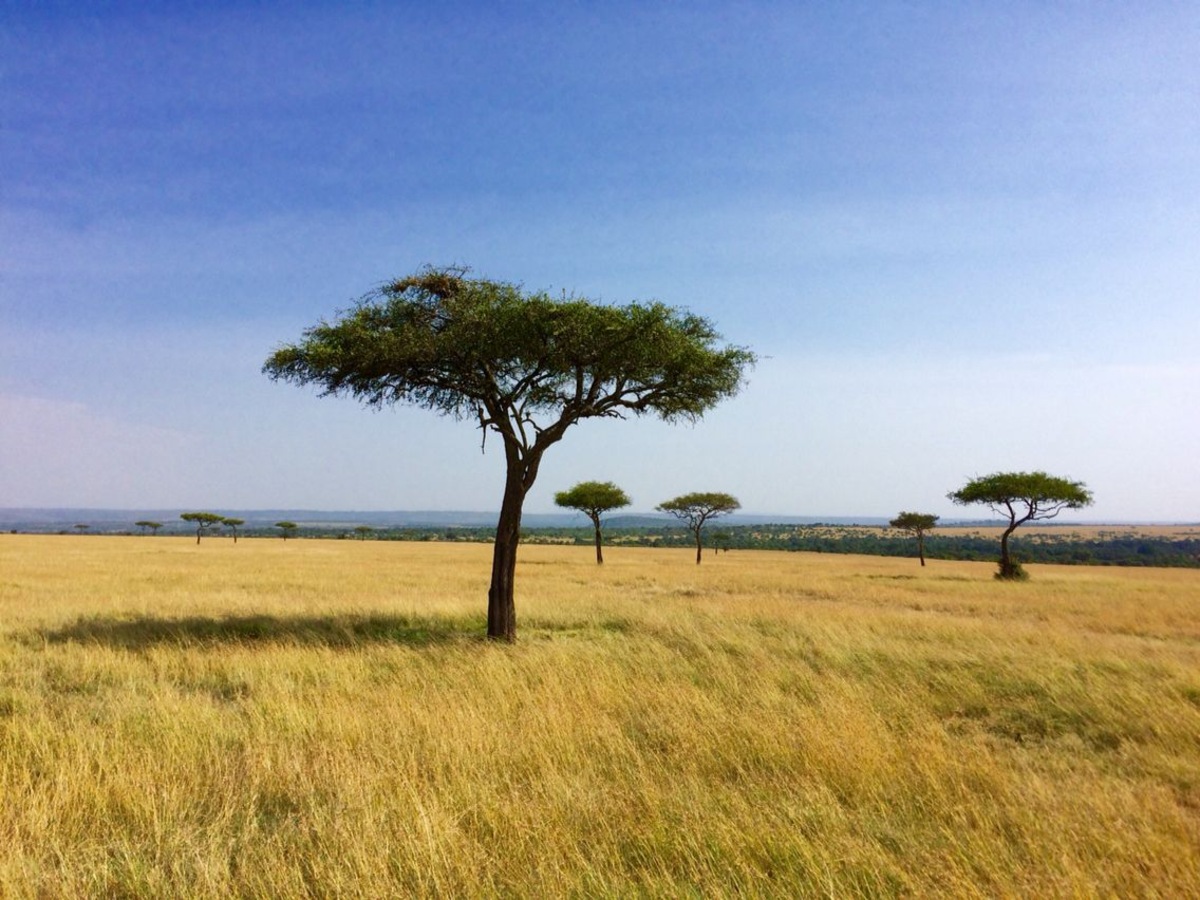

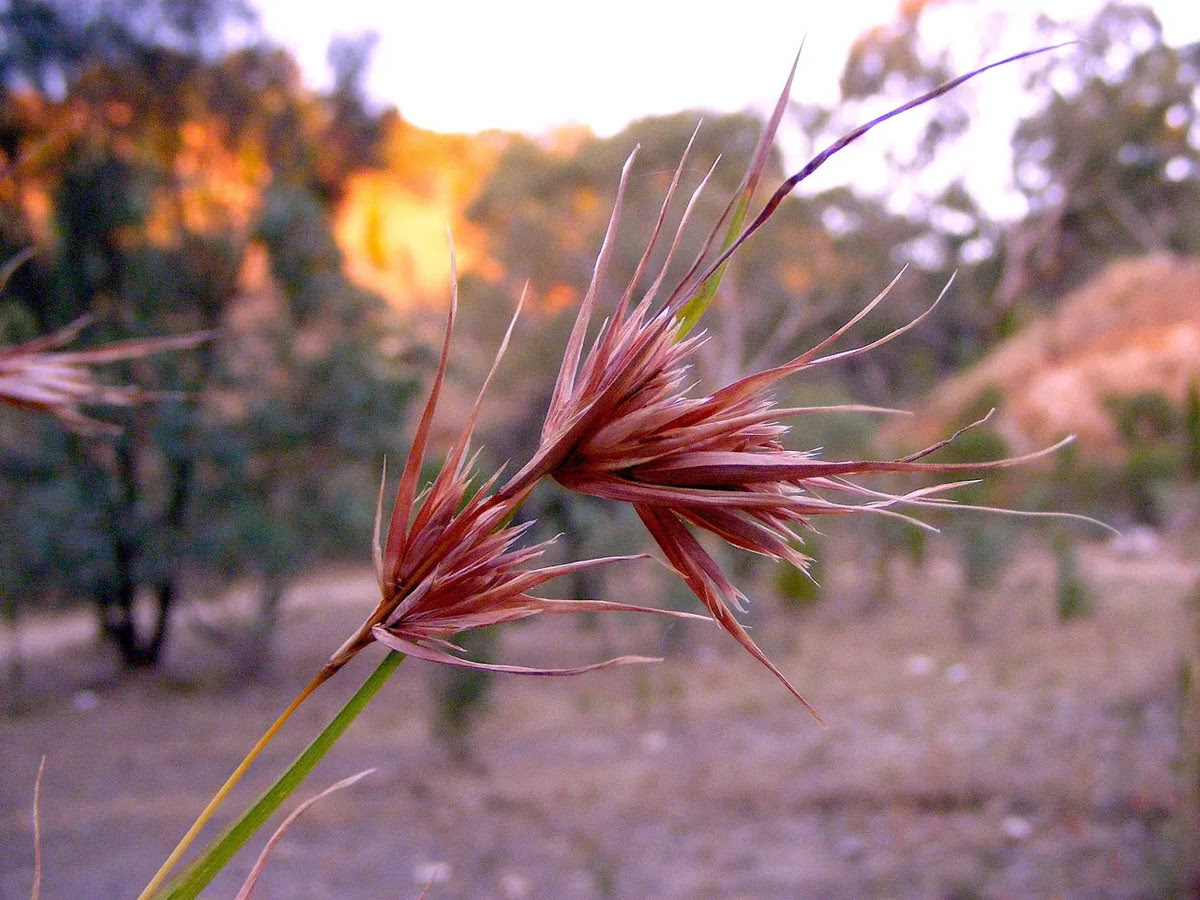
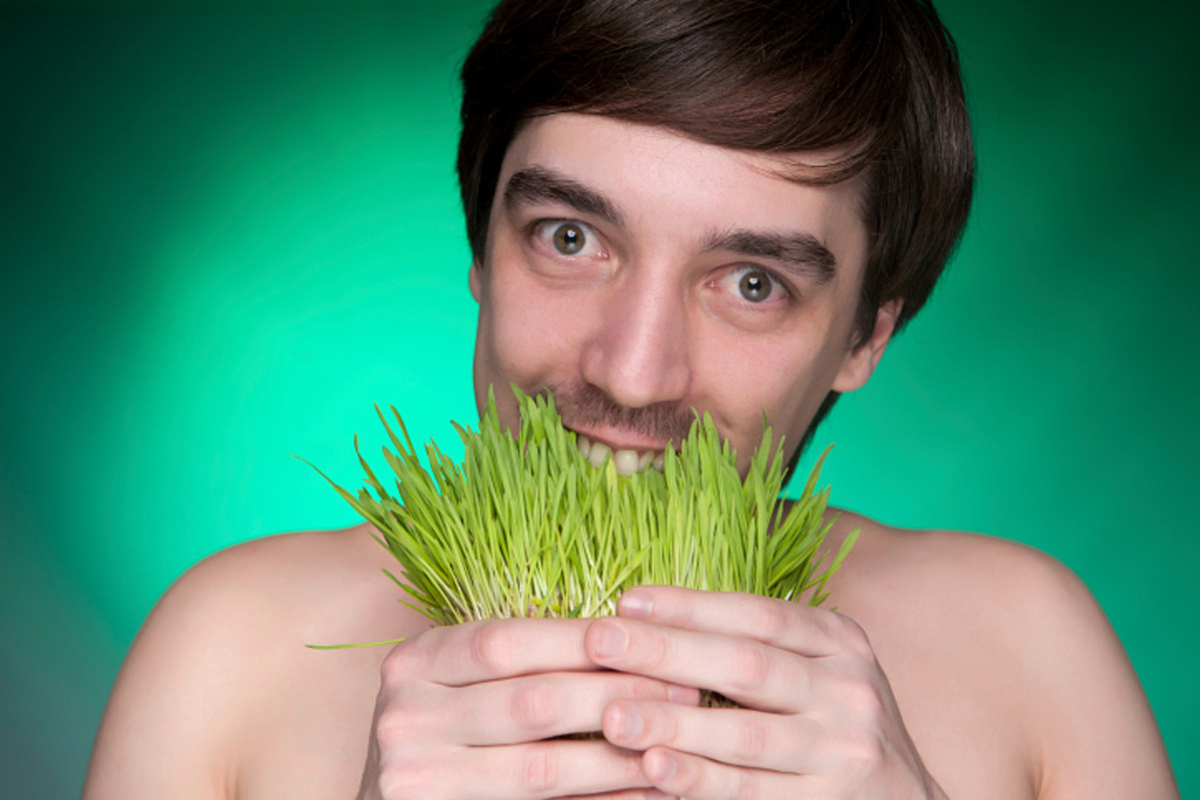
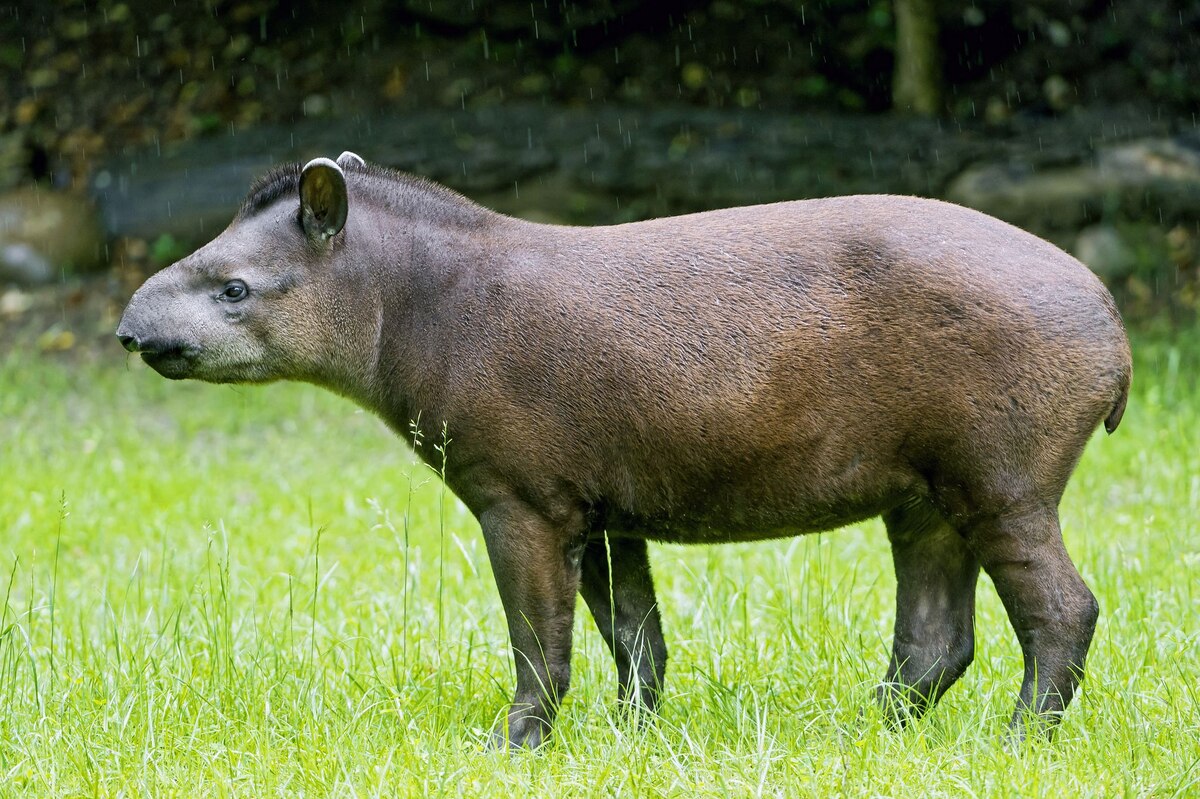
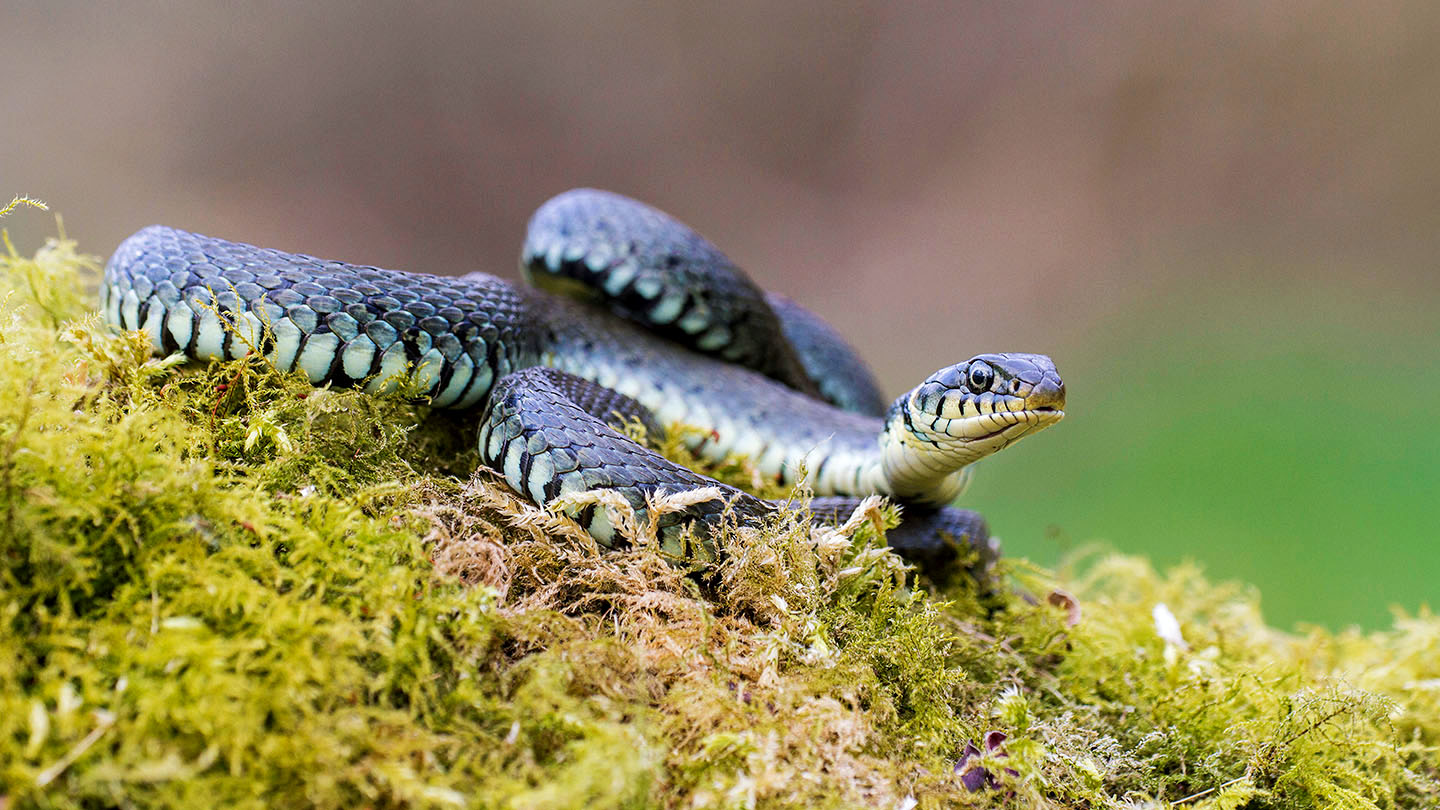
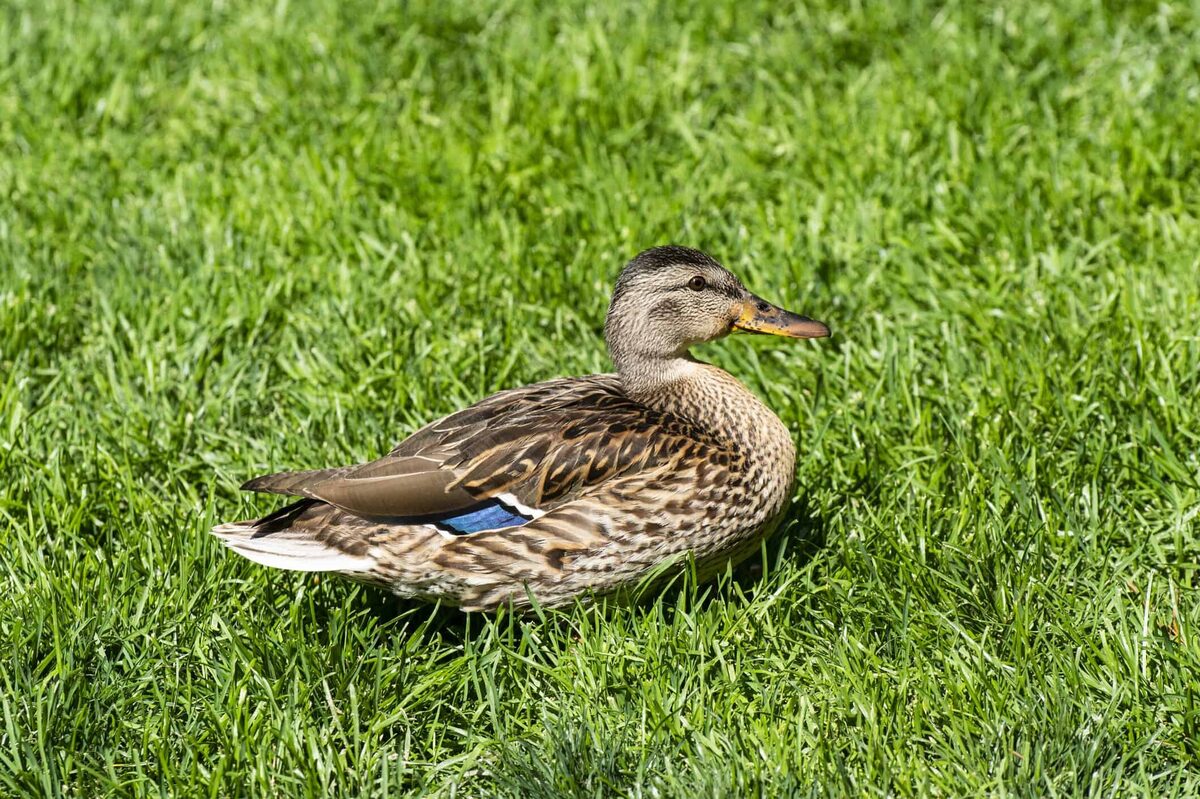
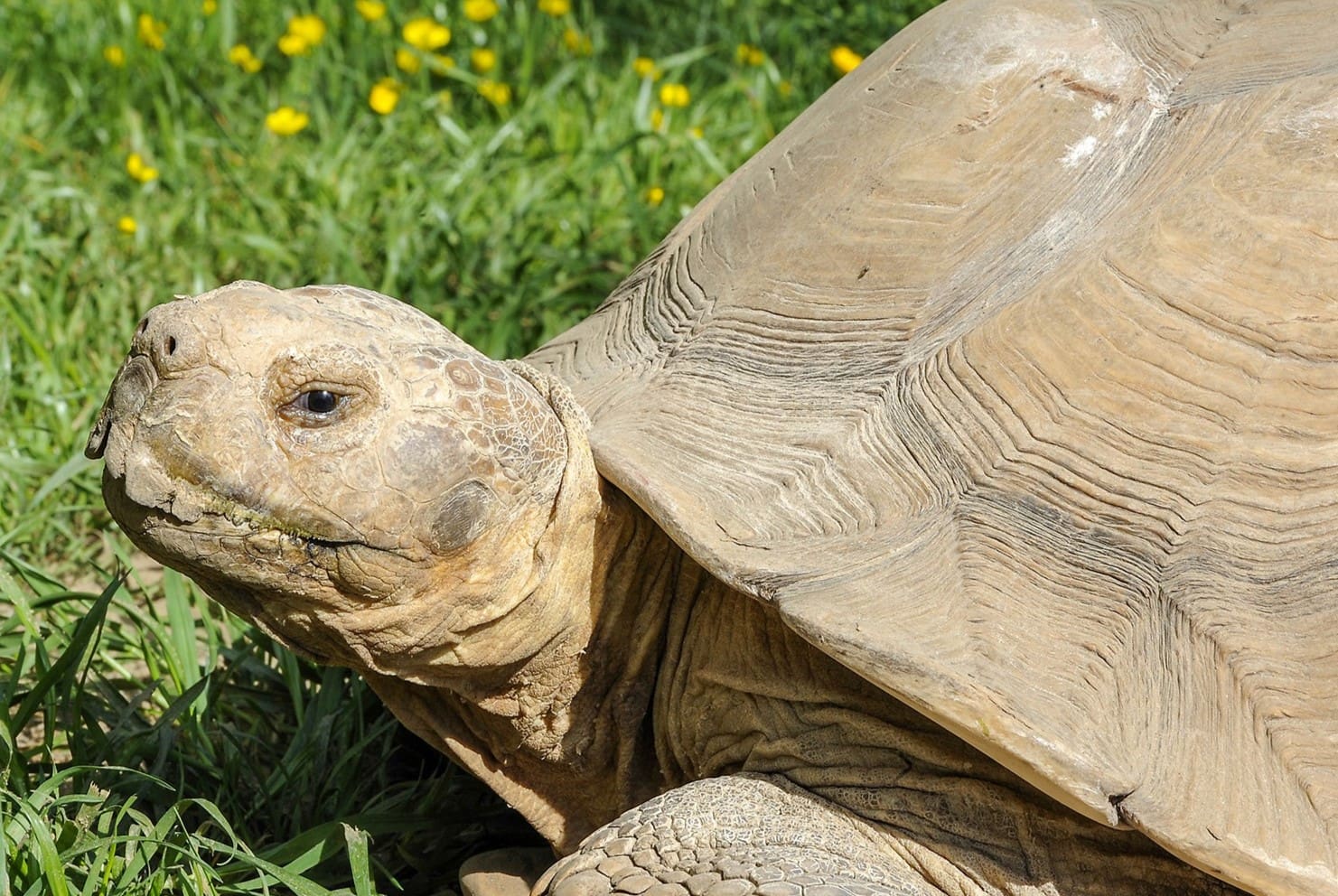
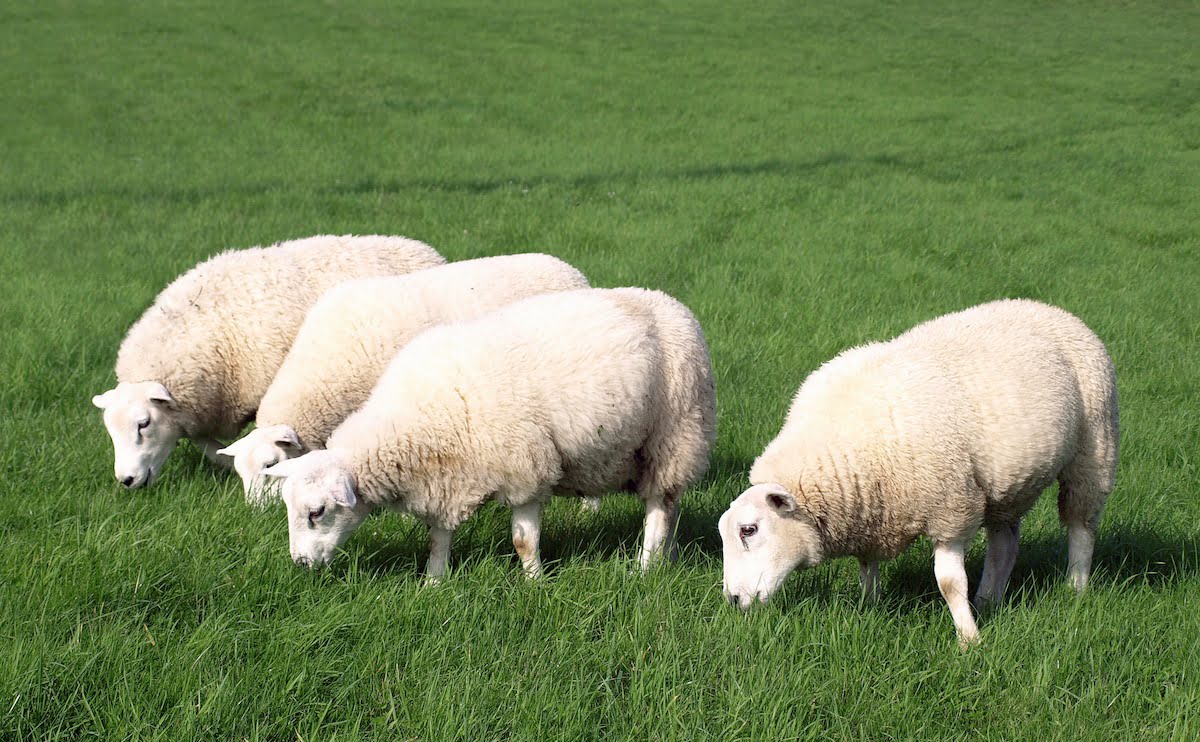

0 thoughts on “What Are Ducks Eating In The Grass”